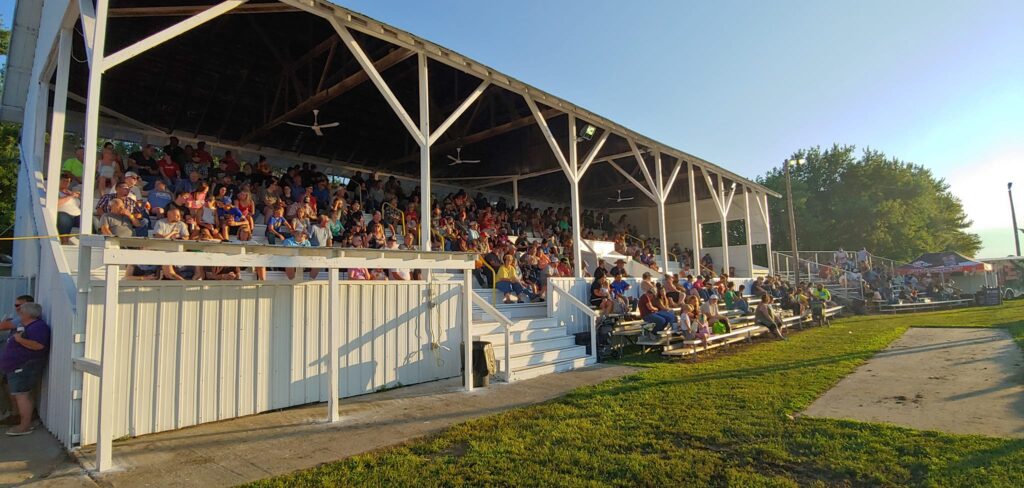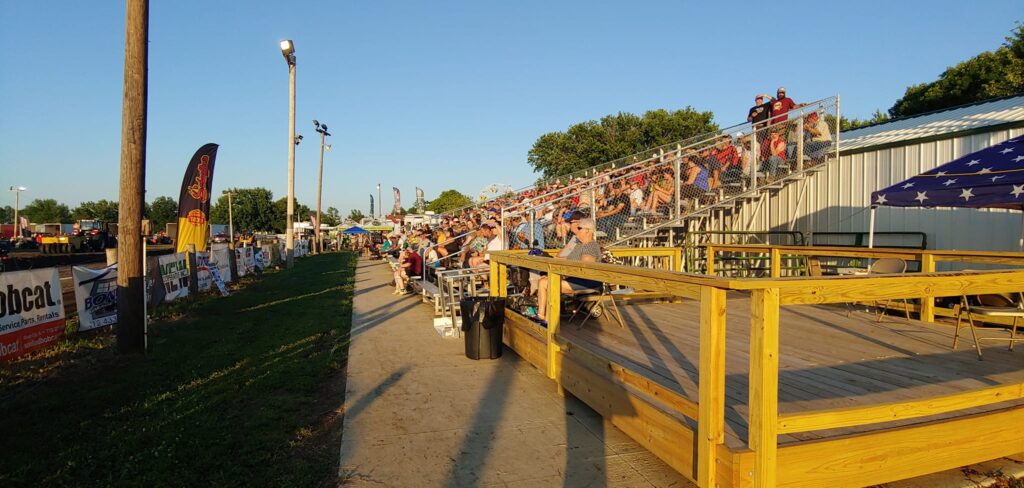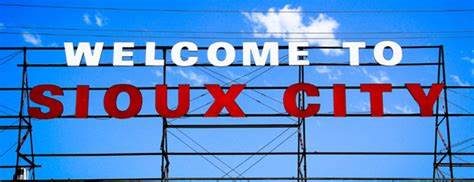The emergence and transition to tractors in the early 20th century came about when technology began to evolve from horse-drawn farming equipment to diesel power. Once one farmer in the area got himself a mechanized
The emergence and transition to tractors in the early 20th century came about when technology began to evolve from horse-drawn farming equipment to diesel power. Once one farmer in the area got himself a mechanized tractor, his neighbor had to get one as well, and so began the friendly competition. And once the area farmers all had one of their own, they began to perform informal tests of horsepower and strength amongst each other, that soon evolved into organized events that showcased the power and capabilities of these new agricultural machines.
From powered by horses, to Horse Power
Replacing horses and mules with tractors began as early as the late 1800s to early 1900s, allowing for a more efficient way to plow fields and perform other farming tasks, thus increasing productivity on the farm. During the slow season when there was no plowing of the fields, farmers would rally together and attach sleds and weighted loads to the back of their tractors just to see how far they could pull them.

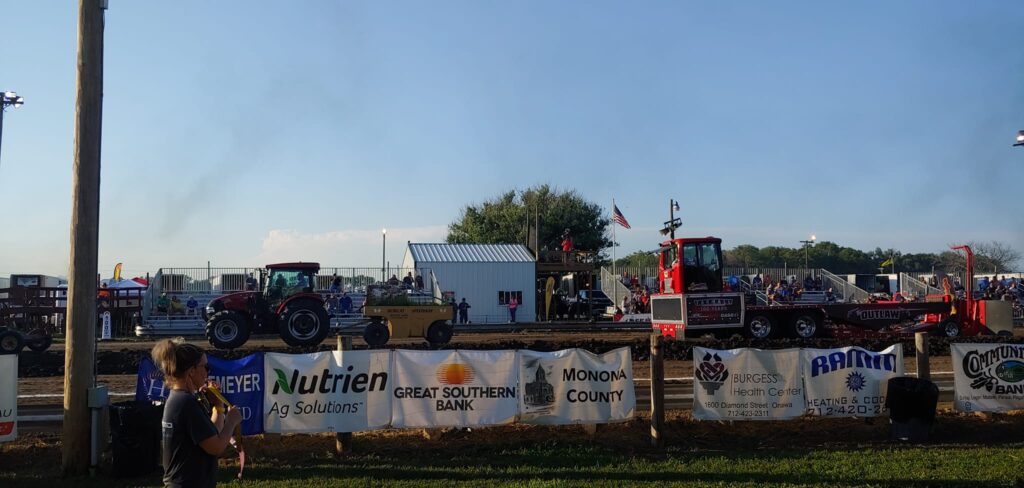
In the 1920s and 1930s tractor pulling events began to gain popularity at county fairs and agricultural exhibitions. One of the earliest documented official tractor pulling events took place in Bowling Green, Ohio in 1929. This marked the beginning of tractor pulls being recognized as formal competitions. Throughout the mid-century tractor pulls continued to grow in popularity, becoming an integral part of state fairs, agricultural shows and other community events. Across the United States, these competitions were not only about pulling heavy loads, they also showcased the skill of the driver.
There’s even a National Tractor Pullers Association (NTPA); founded in 1969, it serves as a governing body for tractor pulling in the Unites States. Today, tractor pulling has evolved into its own genre, with enhanced engines, modifications and even sponsorships for talented drivers. Farmers truly know how to adapt, and these organized events are a testament to the ingenuity and determination of farmers and the country’s unending love for tractors, and how they shaped our country’s landscape.


You’ll think his tractor is sexy too!
With all that being said, when I saw that there was a tractor pull in Onawa on a night I didn’t have to work, I was already there! Making a date night out of it, my husband and I drove down to the Minona County Fair grounds, got our tickets for the grand stand and watched the action unfold for a solid hour. In fact, we were about 10 minutes late from when they started the event, and driving in we could see the pillars of smoke from the interstate!
Starting off with smaller tractors, then gradually working up to larger ones, there were pullers who drove in from all over to compete. Pulling a sled that weighs around 40,000 pounds, we could hear the strain of the tractor engines. However, we noticed that the two front tires would come up off the ground while pulling, which meant the rest of the technique was all in the puller’s talent, and how they could control their tractor.
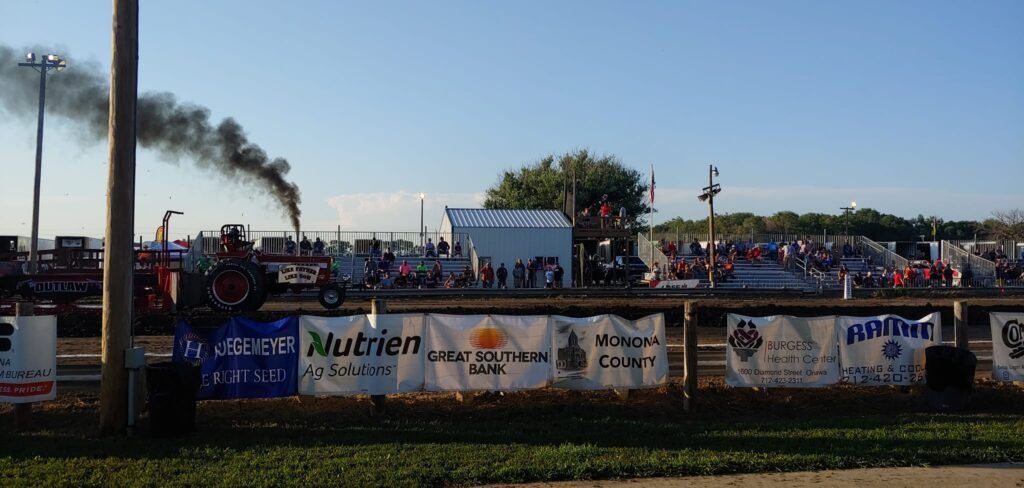

With a track of 35 feet wide, and about 400 feet long, pullers had to be focused as to not drive their tractor off the course, or get it stuck in the dirt, all while trying to control multiple pieces of machinery. I can now see why the crowd would get excited about a certain driver who obviously had the talent and technique. The puller we were most impressed with was “Ultimate Muscle”, with a distance of 352.4 feet!
Overall, I will definitely go again. In fact, this event was organized by Outlaw Tractor Pull, and you can find their schedule of events up on their website (https://outlawpulling.com/). Touring all over Iowa, and even down to Texas, they go everywhere to give the local crowds some well-deserved entertainment. So, if you missed one tractor pull, there are many more to come.
